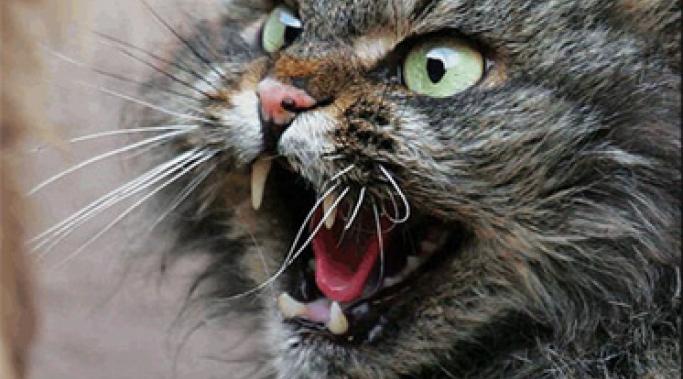All self-harmers know that they are professionals when it comes to lying about self-injury scars (Explaining Self-Injury Scars to Others). The first time I made up a story was when a student asked me about the cut on my forearm before Chorale practice. I rolled my eyes and told her a story about how I’d tried to balance my cat on my arm and it hadn’t worked out too well. After that lie had been said, I remembered how she’d been around my cats before and she may have realized they had been de-clawed.
Stigma of Self-Harm
Recently, I was picking up my client from summer school and as I was standing in the hallway, I noticed how diverse the population walking by me was. My client has a developmental disability as well as a mental illness, so the school where her summer classes took place was mainly for those who needed a little extra support.
I saw individuals who had Autism, Down syndrome, aggressive behaviors, Cerebral Palsy and other different disabilities or disorders that allowed them to take summer classes at BOCES.
As I watched the students walk by, I wondered how difficult it was for outsiders to see these wonderful kids as having “unique abilities” rather than having disabilities.
“All Self-Harmers are Suicidal and Seek Attention”
That statement is, sadly, the ultimate stigma of self-harm. The media has played a small part with this stigma, portraying self-injurers as being the ones who sit quietly in the corner, cutting their arms and crying. (read: Self-Injurers and Their Common Personality Traits)
Wrong.
Sadly, this is how many people see self-harmers when, in reality, many self-harmers do not fit into a particular clique. In high school, I was a typical music geek. I was a serious ballet dancer, performed in musicals, and did Colorguard in the marching band. I laughed along with friends and pushed out a smile when teachers walked by.
However, leather bracelets covered the self-harm scars I was trying to hide and bathrooms were where I hid when I couldn’t stop the thoughts in my head from yelling at me – telling me to hurt myself. I did not feel as talented as those around me and put on a charade day after day. I was not cutting myself to kill myself every time I made a mark.
I was cutting for reasons that those around me couldn’t understand.
Christie Stewart
One of the biggest misconceptions about self-injury is that only females self-injure. This could not be further from the truth! Males self-injure too, in fact new research suggests it could be far more common than most people think. This video blog will give facts and insight into self-injury in males.


